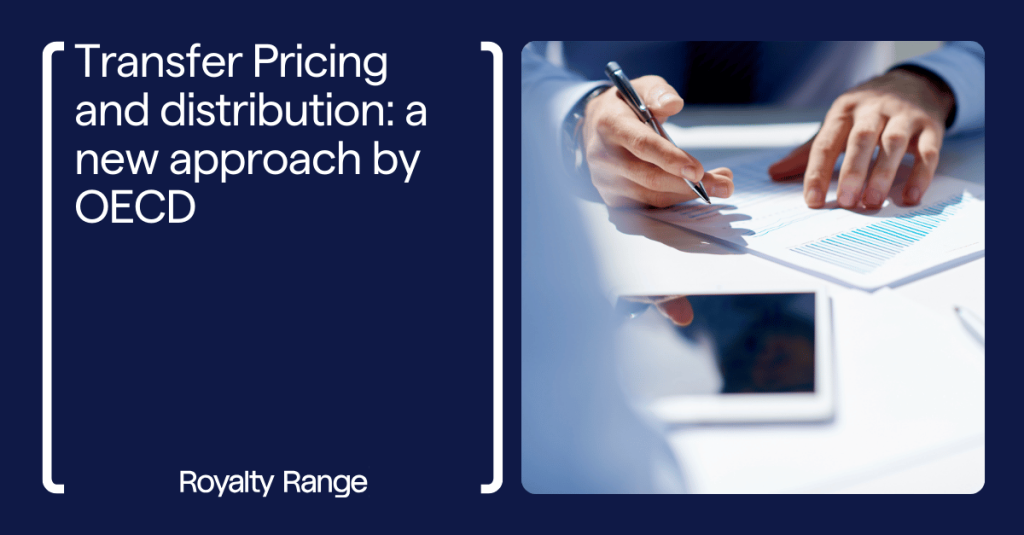Distribution and Transfer Pricing: a new approach by OECD
RoyaltyRange

Recently the Organisation for Economic Co-operation and Development (OECD) has introduced a new approach to support the profits earned by distributors within the multinational enterprises. It has the potential to simplify the Transfer Pricing process, however, its effectiveness in reducing the compliance burden on businesses will depend on how widely the tax authorities adopt the new rules and respond to this simplification in different jurisdictions.
The OECD’s new rules, part of their ongoing work on Base Erosion and Profit Shifting (BEPS) under Pillar One, focus on where profits should be recognized within the multinational enterprises for Transfer Pricing purposes. Specifically, they have introduced a Simplified and Streamlined Approach (SSA) for compensating basic business-to-business (B2B) distribution activities.
Starting with the fiscal year beginning on or after January 1, 2025, jurisdictions may adopt the SSA as a safe harbour option or as a mandatory requirement. Since the OECD is incorporating the SSA into its Transfer Pricing Guidelines, it could be applied to all businesses subject to Transfer Pricing regulations in the jurisdictions where it is adopted.
The SSA is designed to simplify Transfer Pricing for distribution activities by replacing the need for specific comparable data typically used to benchmark an arm’s length operating margin. Instead, it uses a formulaic approach based on the distributor’s industry and functional intensity, applying a matrix of prices determined by the OECD.
Qualifying baseline distribution activities refer to situations where a product is purchased from related parties and resold to third-party customers who are not end users. These activities should be relatively routine and should either be the sole focus of an entity or a distinct segment of its operations, with results that can be separated for analysis. However, retail sales are excluded if they generate at least 20% of the entity’s total revenue. Additionally, services, sales of digital products, commodity sales, and activities involving unique and valuable intangibles are not covered under this approach.
While the SSA offers clear advantages, its success will hinge not only on how many jurisdictions choose to implement the rules but also on how other tax authorities respond to them. If specific benchmarking is still required by authorities in jurisdictions involved in the related-party transactions, or if there are prolonged disputes about whether certain distribution activities qualify under the SSA, the benefits could be undermined. To reduce this risk, the OECD should provide clear guidance on best practices as we approach the implementation of the SSA.
Sources:
https://www.rsmuk.com/insights/tax-voice/new-transfer-pricing-approach-for-distribution-businesses